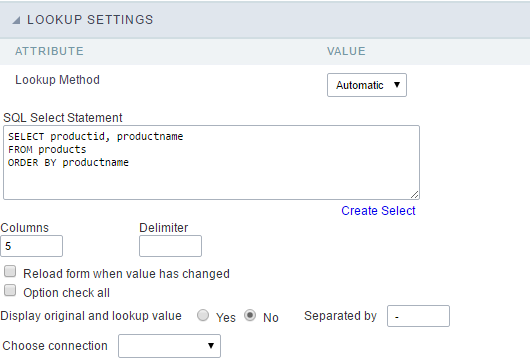
Let's suppose that we have the following information: You can add multiple answers to a form simultaneously by adding & in between each key-value pair.Īt the end of the typical URL for your form, add a ? and then however many key-value pairs you want in for how many questions you want to pre-fill, with each pair separated by &. This is known as a key-value pair because it maps a key to a value and they always come in pairs. In order to set the answer of key to value. To actually pre-fill something, you have to use its key in the form's URL. You can then use that custom key to refer to the same question that dphv5 does. Finding the keyĪ question's key is located at the bottom of its configuration settings.Īdditionally, you can set a custom key by typing your own in the input underneath that key with the placeholder Custom Pre-fill Key. You can use this key in the URL and set it equal to the value you want in order to pass that answer to the question in the form. These keys are automatically generated and set for almost all questions (appointments don't have one) you have on your form.

Most questions (we'll cover the exceptions later) allow pre-filling by using a unique key that represents that specific question called its pre-fill key (for brevity's sake, we'll call them simply keys from here on out). Pre-filling form answers is really easy in Paperform. You could pre-fill their name using the data from your CRM, providing a more personalized touch when users go to your forms. You would use pre-filling to take their name from Form 1 and then have it already filled in for them on Form 2.Īlternatively, maybe you only have one form but you have some customer data from your CRM. When you already know some of the answers before your users come to the online form you made in Paperform, you can fill those answers in for them before their arrival (or, pre-fill them).įor example, perhaps you have someone enter their name on Form 1 and you don't want to make them type their name in again on Form 2.


 0 kommentar(er)
0 kommentar(er)
